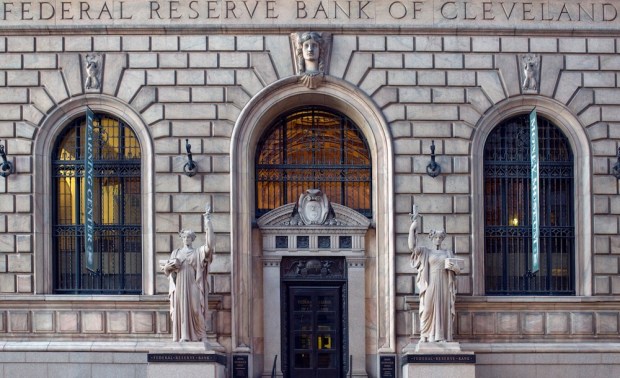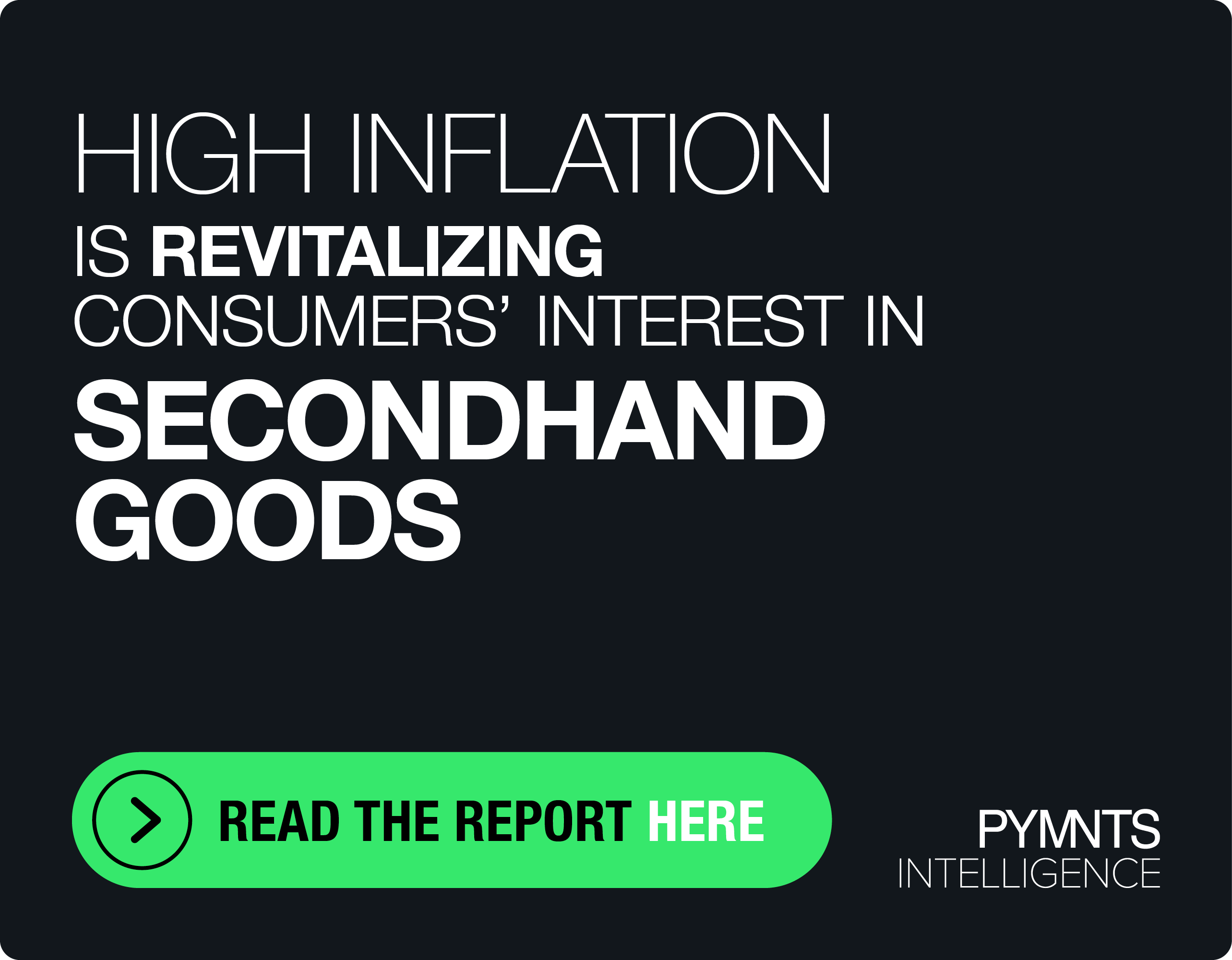Why The Cleveland Fed Pulled Their Online Lending Study

Last week, we told you a tale of two Fed studies, which were putatively about the same topic, but drew nearly opposite conclusions.
The first study, released last summer as a joint effort by the Chicago and Philadelphia Feds, examined a large data set from Lending Club. Using that data as a proxy for online lenders, the study concluded that they offer access to credit products at fair prices to otherwise underserved, but creditworthy, consumers.
“[Online lender] technology platforms and their ability to use non-traditional alternative information sources to collect soft information about creditworthiness may provide significant value to consumers and small business owners, especially for those with little or no credit history,” the Philadelphia/Chicago report noted. “In addition, as more millennials make up the pool of small business owners and the consumer population, they are more comfortable with technology, and therefore may be more comfortable dealing with an online lender than a traditional bank.”
The study, which was conducted by economists at the Cleveland Fed and released this past October, countered that conclusion. Using data provided by TransUnion, their analysis suggested that online lenders targeted consumers who were already overburdened with excessive debt. The report’s authors went so far as to say that rather than freeing consumers from a debt burden – many such loans are for debt consolidation – online lenders prey on already vulnerable consumers, sinking them further into debt.
“[These borrowers] are not underbanked, they’re sort of overbanked,” observed Yuliya Demyanyk, a Cleveland Fed economist and co-author of the report. “Defaults on [marketplace] loans have been increasing at an alarming rate, resembling pre-2007 crisis increases in sub-prime mortgage defaults, where loans of each vintage perform worse than those of prior origination years.”
And while such vastly differing conclusions on the same topic were surprising, even more surprising was the news that the report has been taken offline.
The authors of the Nov. 9 report “have received several questions about the composition of the underlying data set they used in their analysis,” the Cleveland Fed said on its website, and are “revising their paper to further clarify the data sample they used” and will post the new version as soon as it’s ready.
So, what happened?
No one really knows for sure – and they won’t, until the report’s authors share more details. PYMNTS has asked and so far, we have not received a response. One theory is that they may have stretched the definition of online lending so far as to make an accurate and credible apples-to-apples comparison implausible.
We did ask, and did receive, feedback from Lending Club, whose data was the resource used by the Chicago and Philly Feds for their view on what might have happened. Karen Webster spoke with Lending Club’s head of government relations, Richard Neiman, to get a better sense of the source of discrepancy, since even Googling the definition of marketplace loan, Webster commented, might have saved the Cleveland Fed economists a lot of grief.
Neiman noted that the issue that’s now front and center in the case of the dueling Fed studies is endemic of a larger issue that marketplace players like Lending Club – and digital underwriting businesses in general – often run into when speaking with regulators, legislators and consumer advocates.
“The industry is so big now,” Neiman said, “that it is not easy for policymakers to fully understand the divergences between different platforms, the different products, the different modeling and the differences in levels of transparency that are now defined as online lending.”
It’s why, Neiman explained, when the Philadelphia and Chicago Fed economists looked at Lending Club’s data specific to marketplace loans, a different set of conclusions was reached.
Serving The Underserved
Neiman said that there are many consumers who are physically underserved by mainstream banking – meaning they don’t have physical access to a mainstream lender, because theirs has cut back its physical presence in many areas over the last decade.
“What our data showed is that in 70 percent of cases, Lending Club is lending into areas where banks have closed branches,” Neiman said, adding that in more than 40 percent of the cases, Lending Club was lending into geographies where banks have closed the largest number of locations.
That phenomenon, Neiman said, is very different than what it was in the past. Once upon a time, community banks were the champions of installment lending to consumers. But those banks have been squeezed from the market over the last decade by larger banks. Historically, those banks lacked a strong incentive to enter this lower-margin area of consumer credit, particularly since doing so might cut into their card-issuing businesses.
That is slowly changing, Neiman observed, as some banks are beginning to re-engage with the installment side of the lending continuum, possibly encouraged by the growth in the FinTech sector. But even with greater bank interest in the installment loans segment, Neiman said that Lending Club and lenders like them are also able to serve the consumers base more effectively than the FICO-score driven banking segments can.
The Post-FICO Outlook
Another big point of confusion, Neiman told Webster, is the use of “alternative data modeling” to decide creditworthiness. The often initial (and incorrect) assumption is that Lending Club is using exotic and one-off data points to qualify customers, such as how many Facebook likes or Twitter followers they have.
It’s a ridiculous assertion, Neiman said, even though those data types may play some part in authenticating a customer’s identity at the outset of the process.
Instead, he offered, what Lending Club is using to make credit decisions is very mainstream financial data – just more of it and weighted differently. Lending Club’s model, he noted, uses roughly 100 distinct attributes to make a credit decision, 50 of which are proprietary to the platform.
“The goal is to draw a more complete look at the customer,” Neiman said. “A few years ago, our correlation to FICO [score] was 85 percent – now it is 35 percent, but our default rate is decreasing.” Proof positive, he says, that there are more sophisticated means of analyzing the likelihood of a person repaying a loan.
Using those data sources, Lending Club is not only providing access to credit to credit-worthy consumers, but it’s also extending those loans at a favorable interest rate, Neiman emphasized.
And, Neiman noted, the reality is that the marketplace of consumers needs those loans – the data on their expansion into areas as banks physically retreat from them is quantifiable evidence of that. Denying those consumers access to credit is not only bad for the customer, it’s bad for the credit marketplace as a whole, because there’s less opportunity for everyone.
If there is one positive takeaway from the controversy over the “tale of two Fed reports,” it’s that there is much room to find common ground. Marketplace lending offers an opportunity for greater financial inclusion and a better market for ethical financial services products, Neiman told Webster. And it also creates opportunities for SMB expansion and the ability for markets to grow, expand and contribute to economic prosperity.
On Capitol Hill, where Neiman spends a lot of his time, explaining both the consumer and small business sides of the marketplace lending opportunity also gives lawmakers the chance to find common ground, and to realize that this alternative means of credit helps, not hurts, consumers and businesses.
But first things first. Everyone needs to use the same definitions of alt credit and look at similar data sets to reach their own conclusions.
Which, as we’ve now very recently seen, remains something of a work in progress.
